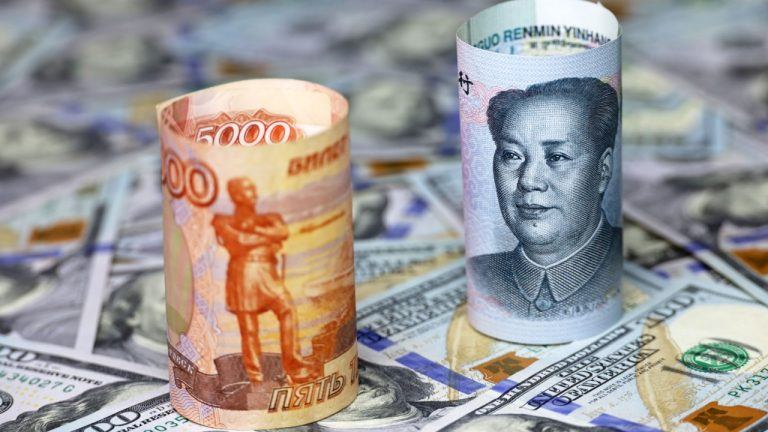
Russian President Vladimir Putin recently underscored the increasing shift towards using local currencies, specifically the yuan and ruble, in trade between Russia and China. This move away from the US dollar was highlighted by Putin during a meeting where he mentioned that the majority of trade transactions between the two countries are now conducted in yuan and ruble-based payments, marking a significant departure from the traditional reliance on the dollar.
Putin emphasized the growing importance of local currencies in facilitating Sino-Russian trade, citing a notable increase of $100 billion in trade volume between the two nations. The Russian President also expressed the ongoing efforts to further enhance economic cooperation and remove existing trade barriers between Russia and China.
The decision to use local currencies in trade transactions is seen as a strategic move by Russia and China to reduce their dependence on the US dollar, thereby enhancing their economic sovereignty and shielding themselves from potential disruptions in the global financial system. By conducting trade in yuan and rubles, both countries aim to strengthen their financial independence and promote bilateral trade relations.
The growing trend of using local currencies in international trade reflects a broader global shift away from the dominance of the US dollar in cross-border transactions. Countries like Russia and China are increasingly seeking alternative payment systems to diversify their trade relationships and reduce exposure to the risks associated with a single currency.
The rise of yuan and ruble-based transactions not only signifies a deeper economic integration between Russia and China but also underscores their commitment to building a more resilient financial framework that is less reliant on the dollar-dominated financial system.
Furthermore, the move towards local currency settlements aligns with the broader geopolitical strategy of both Russia and China to strengthen their partnership and promote mutual economic growth. By fostering closer economic ties and promoting the use of local currencies in trade, Russia and China are not only enhancing their own economic interests but also challenging the traditional dominance of the US dollar in the global financial landscape.
In conclusion, the increasing use of yuan and ruble in Sino-Russian trade symbolizes a strategic shift towards financial autonomy and diversification for both countries. As they continue to strengthen their economic ties and cooperation, the prominence of local currencies in trade transactions is expected to further solidify their partnership and reshape the dynamics of international trade in the region.

Leave a Reply